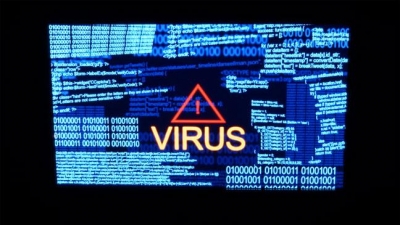What is Software?
Computer software is a set of instructions called programs which are fed into a computer to enable it to perform certain specific tasks. Some of these programs called applications, or user software, are written in any of the different computer languages, such as C, PASCAL, FORTRAN or BASIC. These programs can be of any size. Student programs for small numerical problems may consist of only 5 to 20 statements, whereas the accounting and management information programs that are used by large corporation or governments may have thousand of statements.
Different from this class of software is the system software which includes programs that translate user programs into machine language programs and then load these translated programs into main memory prior to execution. System software also includes the set of certain routines required to manage the operation of the physical resources such as the central processing unit, mass storage and input-output devices.
Ready-to-use software that is floppy disks with different programs are available today. On loading these programs in a computer, instructions for using that program appear on the screen and can be used straight away.


 A microcomputer is a computer which uses a microprocessor for its central processing unit. Computers, in their early stages, were unlike what they are today. Instead of occupying a desk-top, they needed large halls to house. This was because they used large and bulky vacuum tubes or electronic valves. In the late sixties, with the advent of semiconductor materials like germanium and silicon, small, effective, cheaper and robust micro-devices like the transistors and the chip were developed.
A microcomputer is a computer which uses a microprocessor for its central processing unit. Computers, in their early stages, were unlike what they are today. Instead of occupying a desk-top, they needed large halls to house. This was because they used large and bulky vacuum tubes or electronic valves. In the late sixties, with the advent of semiconductor materials like germanium and silicon, small, effective, cheaper and robust micro-devices like the transistors and the chip were developed.
 LAN is the short form of Local Area Network. It allows the linking together of several computers within a building. This interconnection of various computer terminals located in close proximity such as an industrial complex, an office building and a university campus enables each terminal to interact with any other. LAN is, therefore, a multi-user system. Not only is the exchange of data among the various linked up computers made possible by LAN but resources from a large computer can also be shared. LAN thus offers the most effective means of handling local automated tasks and data management.
LAN is the short form of Local Area Network. It allows the linking together of several computers within a building. This interconnection of various computer terminals located in close proximity such as an industrial complex, an office building and a university campus enables each terminal to interact with any other. LAN is, therefore, a multi-user system. Not only is the exchange of data among the various linked up computers made possible by LAN but resources from a large computer can also be shared. LAN thus offers the most effective means of handling local automated tasks and data management. A computer virus is a self-replicating computer program or a segment of code that inserts copies of itself into other programs, thus infecting them. As a result, the original programs cannot run smoothly, thereby totally disrupting the functioning of the computer.
A computer virus is a self-replicating computer program or a segment of code that inserts copies of itself into other programs, thus infecting them. As a result, the original programs cannot run smoothly, thereby totally disrupting the functioning of the computer.
